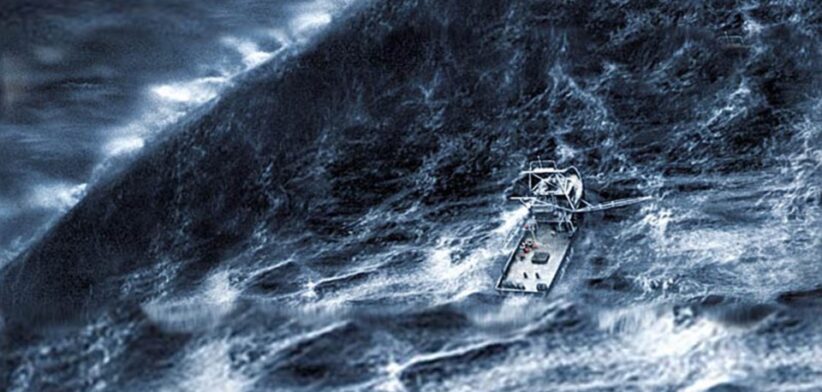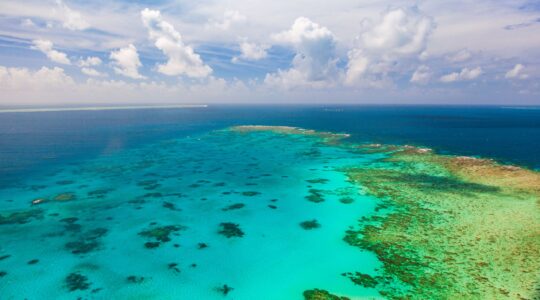Many people probably still have nightmares about “that wave” in the movie The Perfect Storm.
The site of George Clooney and Mark Wahlberg’s fishing boat trying to scale the monster epitomises some of our deepest primal fears.
Thankfully that just happens in the movies. Doesn’t it?
University of Melbourne research just published in Physical Review Letters has revealed that “freakish” rogue waves are indeed common at sea.
Writing in The Conversation Ocean Engineering Professor Alessandro Toffoli said recent technology allowed researchers to spot rogue waves at sea “making legend become reality”.
“Rogue waves are giant colossi of the sea – twice as high as neighbouring waves – that appear seemingly out of nowhere,” Professor Toffoli said.
“Stories of unimaginable mountains of water as tall as ten-storey buildings have populated maritime folklore and literature for centuries.
“The first and most famous measurement was of the Draupner wave, a 25.6-metre monster recorded in the North Sea on January 1 1995.”
Professor Toffoli said, despite the observations, researchers still did not know how often rogue waves occurred or if they could be predicted.
“In the random environment of ocean waves, several mechanisms give rise to rogue ones,” he said. “One primary source involves the overlap of multiple waves at the same location and time. This results in concentrated energy, leading to tall waves.
“Under consistent ocean conditions, rogue waves generated this way may occur once every two days at a set location.
“Numerical and laboratory studies suggest strong winds also contribute to the development of rogue waves, because they push harder on some already tall wave forms. But wind has seldom been considered in rogue wave analysis.”
The research was conducted on the South African icebreaker S.A. Agulhas-II in the Southern Ocean.








